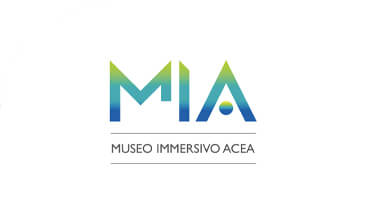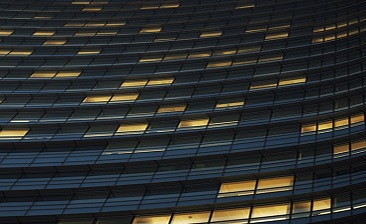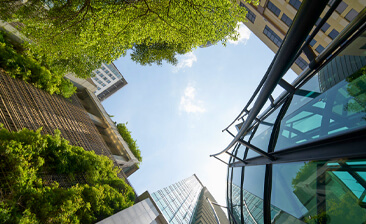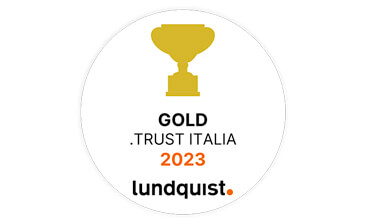
Acea for World Energy Saving Day
If the complex job of a light designer could be summed up in one word, it would be balance.
A balance between history and innovation, art and technique, rationality and emotion, visible and invisible. This balance is perfectly achieved by the people in Acea who supervise the artistic illumination projects of Rome’s main monuments.
Gilda Magni takes an academic approach to her work and has a humanistic spirit, while Bruno Lalli takes a more experiential and technical approach.
Two different perspectives on the study of light, which, however, balance and complement each other, constantly offering opportunities to exchange and discuss views.
I have always wanted to be involved in enhancing cultural heritage, and I soon realized that working with lighting was the right direction for me to take.
Therefore, after graduating in Architecture and completing a Master course in Light Design, Gilda began working in the lighting sector, first for a lighting equipment manufacturer and then for a well-known studio in Rome, which gave her the opportunity to learn about the tools of the trade. She has been working for Acea as a monument lighting designer for a year and a half.
Bruno’s career in Acea, instead, began in 1996. He immediately began designing public lighting systems and has been focusing exclusively on monument lighting since 2005.
After studying as a surveyor, as part of the professional development programs organized by Acea, he attended lighting engineering courses. He instantly developed a huge passion and is now Head of Artistic Lighting Planning and Design.
Illuminating a monument in Rome is something truly unique, in terms of both its implementation and its lighting design.
Gilda explains: “Knowing everything there is to know about the monument is the starting point. In fact, when starting a project, the first thing to do is to carry out a first inspection, to experience the emotions that the place and monument convey and that the designer wants to enhance using lighting. Even in this first phase, depending on the project, other professionals are involved, such as art historians, officials of the Capitoline and State Superintendence, architects and archaeologists, people to work with to define the actual project.
But monumental illumination is not just about emotion.
Our job has radically changed over the years, especially in terms of the techniques and tools we use, which have evolved as technology has progressed. Today, this technology allows us to do things that were previously unimaginable.
The team now also works closely with the Sapienza University of Rome and the Roma Tre University, which carry out 3D surveys using laser scanners to produce a three-dimensional model of the monument. Gilda continues: “This survey is then sent to our office where we conduct a virtual simulation of the lighting design. In this way we are able to consider the different project proposals and choose the one that better suits the project concept.”
Therefore, technology is a key part of this job, but the real challenge is to be able to enhance the monument, not only in the way light is used to illuminate the surfaces but also in the way the system is implemented, since it must be invisible on the monuments.
“We are like tailors who make a tailor-made suit,” says Gilda. “And we make it by also using innovative and experimental solutions, some of which are tailored to specific needs.”
A prime example of this was the illumination of the Capitoline Hill. Launched in 2018, required a significant effort to make sure the luminaires were invisible.
Today, the history of Rome and its monuments can shine in all its splendor, thanks to the clever use of the light and technology that professionals like Gilda and Bruno come up with every day in name of sustainable lighting that looks to the future.
Discover the latest news and initiatives of the Acea Group

Acea for World Energy Saving Day

Visit the virtual museum about the history of the Acea Group

The channel for the commercial requests on land urbanisation

Acea turns the spotlight on the Rome Film Festival 2023

Acea is in the "Gold class" in the .trust research

Read more about our culture of inclusiveness